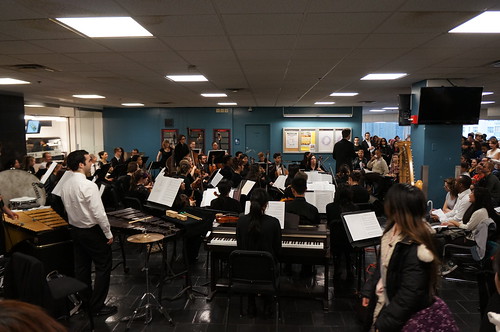Alaska, the largest state in the union has a richly diverse Native people, which make up approximately 16% of the state's total population. These habitancy are the Eskimo, Indian and Aleut. Over 85,000 Native habitancy live in the state. Most occupy scattered villages along the rivers and coastline of Alaska, but some live inland in Anchorage and Fairbanks. When the Europeans came in 1741 and discovered the Natives, they saw that they were a hunting and convention habitancy and had no agricultural practices.

The vast majority of the Indians lived in general in the giant interior of Alaska. They were a nomadic habitancy and their major food source was land animals. On the other hand, the Tsimshian, Tlingit and Haida Indians located in southeastern Alaska. The plentiful salmon, deer and other foods gave these Indians the opening to conclude into permanent villages. Since they were stable, they had the luxury of developing a culture rich in art. Some groups of these Indians are part of the totem culture. Their totems portrayed the historic events in the life of their family.
The Eskimos live in the villages along the Bering Sea and the Artic Ocean coastlines. A small group lives along a thin strip off of the Gulf of Alaska coast, which includes Kodiak Island. The Alaskan Eskimo traditionally lives in igloos, which were dwellings that were built partially underground. They were then covered with sod for protection. The Alaskan Eskimo did not build snow igloos.
The Eskimo are very clever hunters. They have to be in order to stay alive in their harsh environment. They study the game that they hunt and take their hunting very seriously. The men are very persistent and inpatient when they are on the hunt and normally ensue in bringing home a kill. The women then prepared the animal. No part of it is wasted by the Eskimo. Much of the meat is eaten raw by themselves and their dogs. The word Eskimo means eater of raw flesh. The bones and teeth of the animal are made into tools. And the skins are mostly made into clothes or tents.
Today, few Eskimo stay strictly with the old ways of their ancestors. modern schools have been built in many Eskimo towns and even some attend colleges, in general at the University of Alaska. The parents have the accountability of passing down the old traditions to their children.
The third group of Native Alaskans, the Aleut, lived in permanent villages on the Alaska Peninsula along the Aleutian Island Chain. The Russians came to the Islands in the 1740s and found that approximately every island was inhabited by the Aleut. But today, there are only some settlements that are occupied. taste with the white man reduced the habitancy of the Aleut
The abundance of the sea life and land animals was what allowed the Aleut to live in permanent dwellings. The customary ones were large and sometimes housed as many as 40 families. When the Russians came and busy their territory, they started living in smaller houses. These were called barabaras. But they still lived in permanent houses and were not a nomadic people. Nowadays, some of the Aleut work for the government, managing and working with the seal herds. Also, some of the natives work as industrial fishermen.
Native life in Alaska has of course changed since the old times. The advancements in communications, (especially the internet), modern communication and many other modern services have altered their lives forever. Hopefully these habitancy will preserve their rich heritage and pass it on for generations to come.
that guy Alaska's Native population that guy
No comments:
Post a Comment